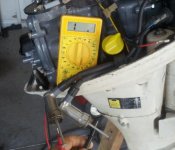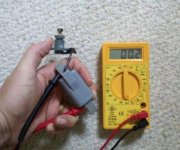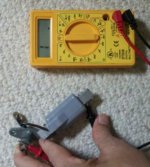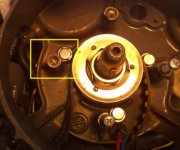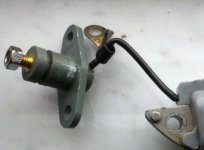Forgive me if the procedures have been posted already. I've searched for several hours with no luck. There seems to be others asking the same question but I dont see a distinct and consice answer. I have the service manual, however its pretty vague and gives readings for serviceman using a Honda test unit.
I need specific specs to troubleshoot a no spark condition. Expected multimeter readings and procedures for testing the following:
primary coil
Charging coil
Points -although I'm pretty sure I know how to test these and after a good cleaning they seem in spec.
Condenser
Ignition coil
I think I know how to test the primary and charger coil and I believe they are within spec, but want to double check. I'm leaning toward ignition coil or condenser, but not sure. Don't want to buy extra parts doing the trial and error method.
I need specific specs to troubleshoot a no spark condition. Expected multimeter readings and procedures for testing the following:
primary coil
Charging coil
Points -although I'm pretty sure I know how to test these and after a good cleaning they seem in spec.
Condenser
Ignition coil
I think I know how to test the primary and charger coil and I believe they are within spec, but want to double check. I'm leaning toward ignition coil or condenser, but not sure. Don't want to buy extra parts doing the trial and error method.


